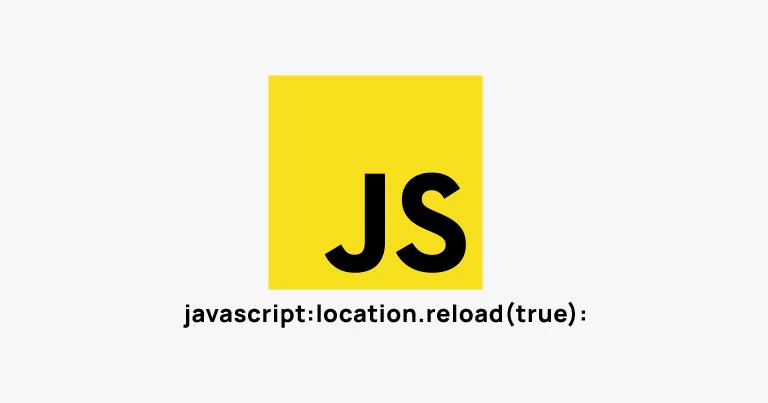Explore the javascript:location.reload(true) method to force a page reload in JavaScript. Learn how to use this technique for effective page refreshes and cache clearing.
Understanding javascript:location.reload(true): How to Force Page Reload in JavaScript
When developing web applications, there are times when you need to ensure that the page content is refreshed, bypassing the cache. This can be particularly important when new content is available, or when debugging to see the most recent changes. In such cases, the location.reload(true) method in JavaScript comes in handy.
This article will explain what javascript:location.reload(true) does, how it works, and when to use it in your projects.
What is javascript:location.reload(true)?
The location.reload(true) method is a JavaScript command used to reload the current page. When called with the true parameter, it forces the page to reload from the server, ignoring any cached content. This ensures that the most recent version of the page is displayed.
The basic syntax is:
location.reload(true);How Does location.reload(true) Work?
The location object in JavaScript refers to the current URL of the window. The reload() method reloads the page, and the true parameter specifies that the page should be reloaded from the server rather than from the browser cache.
Here’s a breakdown:
- Without Parameters: If you call
location.reload()without any parameters, the page will reload using the cache. - With
trueParameter: When you passtrueas an argument, it forces the browser to fetch the page from the server, bypassing the cache.
When Should You Use location.reload(true)?
Using location.reload(true) can be useful in several scenarios:
- Updating Content: When you need to ensure users see the most recent version of the content, especially after an update.
- Debugging: To ensure you’re viewing the latest version of the page while developing, without relying on the cached version.
- Bypassing Cache Issues: Sometimes, cached content may cause issues, especially after updates. This method helps in loading fresh content.
Example Usage
Let’s look at a practical example. Imagine you have a button that users click to refresh the page. Here’s how you can implement it using location.reload(true):
<button onclick="location.reload(true);">Refresh Page</button>
In this example, when the button is clicked, the page reloads, fetching the latest content from the server.
Potential Pitfalls
While location.reload(true) is powerful, it should be used judiciously:
- User Experience: Frequent forced reloads can disrupt the user experience, especially if users lose their place on the page.
- Server Load: Forcing a reload from the server can increase server load, especially on pages with high traffic.
- Cache Control: This method overrides the usual cache control mechanisms. It’s essential to balance between leveraging cache benefits and ensuring up-to-date content.
Alternatives to location.reload(true)
In some cases, you may not need to reload the entire page. Consider alternatives like:
- Partial Page Reload: Using AJAX to reload only specific parts of the page without a full refresh.
- Cache-Control Headers: Properly setting cache-control headers to manage when and how content is cached by browsers.
JavaScript page reload, force page refresh JavaScript, location.reload tutorial, cache bypass JavaScript, JavaScript debugging, reload page from server.
Conclusion
The javascript:location.reload(true) method is a straightforward yet powerful tool for forcing a page reload from the server. Whether you’re ensuring users see the latest updates or avoiding cache-related issues, this method can be a valuable addition to your toolkit.
By understanding when and how to use location.reload(true), you can enhance your web application’s reliability and user experience.



